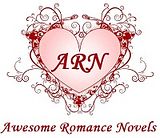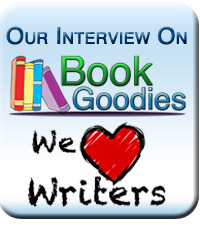Like most authors, I spend a considerable amount of time thinking up names for my characters. In fact, the main character in my most recent book, A British Courtesan in America goes through several names in an attempt to mask her identity. Coming up with suitable names is one of the most fun parts of starting any story.
But how about names when it comes to a car? I've never been the kind of person who assigns a pet name for my cars. I let the manufacturers do that. But my cars do seem to have an identity. When I was in my 20s and about to buy my first-ever car, I wanted to get a Jeep, which I viewed as a quintessential American car. My mother said I should get something a bit less masculine than a Wrangler and steered me to a Toyota.
Years later, it came time to buy a new car, and I did what I always wanted. I bought a Jeep. Not a Wrangler, but a Liberty. It spoke volumes to me, and not just about how liberating it was to finally buy the make of car I'd always wanted. It was rugged, reliable, and strong, just as its name implied. I was sorry to have to get rid of it after thirteen years of service.
.
I bought a newer and smaller Jeep this time. A Renegade. A friend of mine told me it was descriptive of my personality. I'd eschewed joining a sorority in college in favor of belonging to the Students for a Democratic Society. I write about the Sons of Liberty in my Revolutionary Women series, the bad boys of the Revolution. So a Renegade seems to have fit. However, unfortunately even a Renegade loses when it's hit by a semi-truck.
So, I'm once again in the market for a new-to-me vehicle. The one that's caught my eye this time is a Patriot. Seems fitting, in these perilous political times. I'll let you know.












































